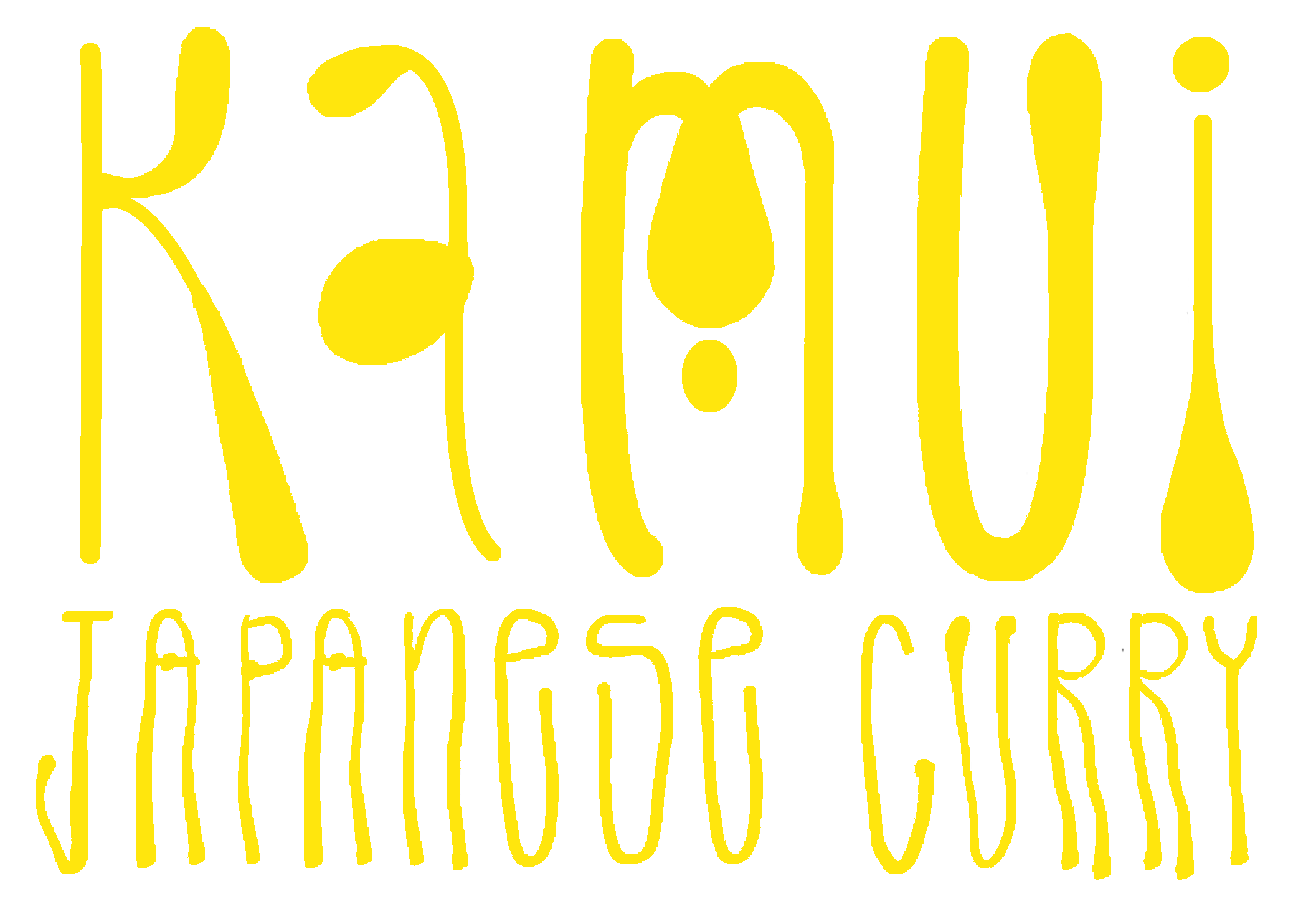
Japanese Curry
Contrary to what some may think, Japanese curry isn’t some new culinary fusion fad. Instead, it is a popular dish in Japan that made its debut during the pre-war Meiji era (1868 – 1912). By the 1870s, Japanese curry quickly became a staple food in Japan. Today, it is considered the most popular dish in Japan, more popular even than sushi and ramen! “Kare Raisu” (curry rice) as its commonly called is served at most izakayas (bars), cafes and restaurants – people will often cook it at home using the infinite variety of readymade roux cubes that supermarkets in Japan carry.
What’s the difference between Japanese and Indian Curry?
A lot! While the two share many commonly used spices such as cinnamon, cardamom and cloves, Japanese curries may also use ingredients such as honey, apples and even Worcestershire sauce! In fact, the recipes for Japanese curry are so complex (with typically more than 17 spices in a curry) most people in Japan have never learned to make it from scratch and instead rely on the readymade roux boxes which require only some vegetables and water to be added. Kamui Curry, on the other hand, uses its own unique gluten-friendly vegetarian recipe to produce its distinct curry flavor cooked each time from scratch!
“Kamui”
The Spirit of Hokkaido
Kamui is a native Ainu word meaning “divine or spiritual being”. The Ainu are the indigenous people of Hokkaido – Japan’s northernmost island; an island which was annexed by the Japanese in 1869 (almost the exact time curry was first introduced to Japan). The history and fate of the Ainu people has been a similar one to that of the indigenous peoples of Canada, the US and Australia. Much of their culture, rituals and language have been lost (very few Ainu today can actually speak their native tongue) as most were forcibly integrated into the Japanese system. However, in recent years, there has been a strong movement for the Japanese government to recognize the Ainu and change is happening gradually in a positive direction.
Hokkaido is a stunning island with an indomitable spirit. It has an energy like no other. It is a land where time stands still and the perpetually anxious human mind becomes restored to its natural state. Kamui is that very spirit of Hokkaido.


Claudia
Claudia was born in Romania and moved to Canada in her teens. She met her husband Shiv while doing a Computer Science degree in Toronto. Soon after graduating, she began a successful career as a corporate consultant on Bay Street. Despite her successes, she always felt like she was lacking something vital in her work – a sense of passion.
That passion she discovered quite by accident after Claudia and Shiv moved to Hokkaido, where they lived for 8-years raising their two daughters. Claudia had always loved cooking. Growing up in Romania she would watch her grandmother in the kitchen for hours – and it was her mamaie who instilled her passion for cooking. But it had always been a hobby until a chance encounter in Hokkaido with the chef of a local Buddhist temple restaurant that specialized in shiojin ryori (traditional Japanese Buddhist cuisine that is entirely vegan and especially uses local mountain vegetables). She asked him if she could come and watch him cook and he agreed. She soon became his apprentice. Claudia volunteered her time at his restaurant for two years and there discovered her intense passion for Japanese cooking. Soon after that, she apprenticed with two of Japan’s leading soba master chefs (buckwheat noodles) and became a certified soba chef herself in 2020.
Upon returning to Canada with her family, she became determined to introduce Canadians to Japan’s rich culinary heritage beyond its popular forms of sushi and ramen. And in 2021 she decided to open her own Japanese Curry food truck in the Okanagan and so Kamui Curry was born!
